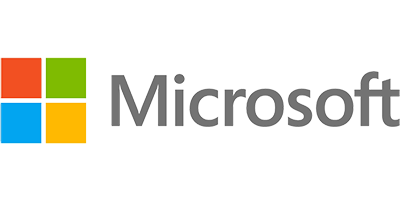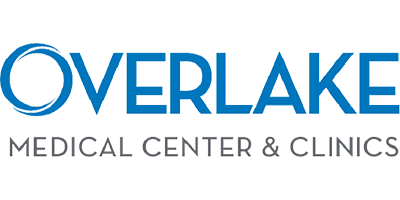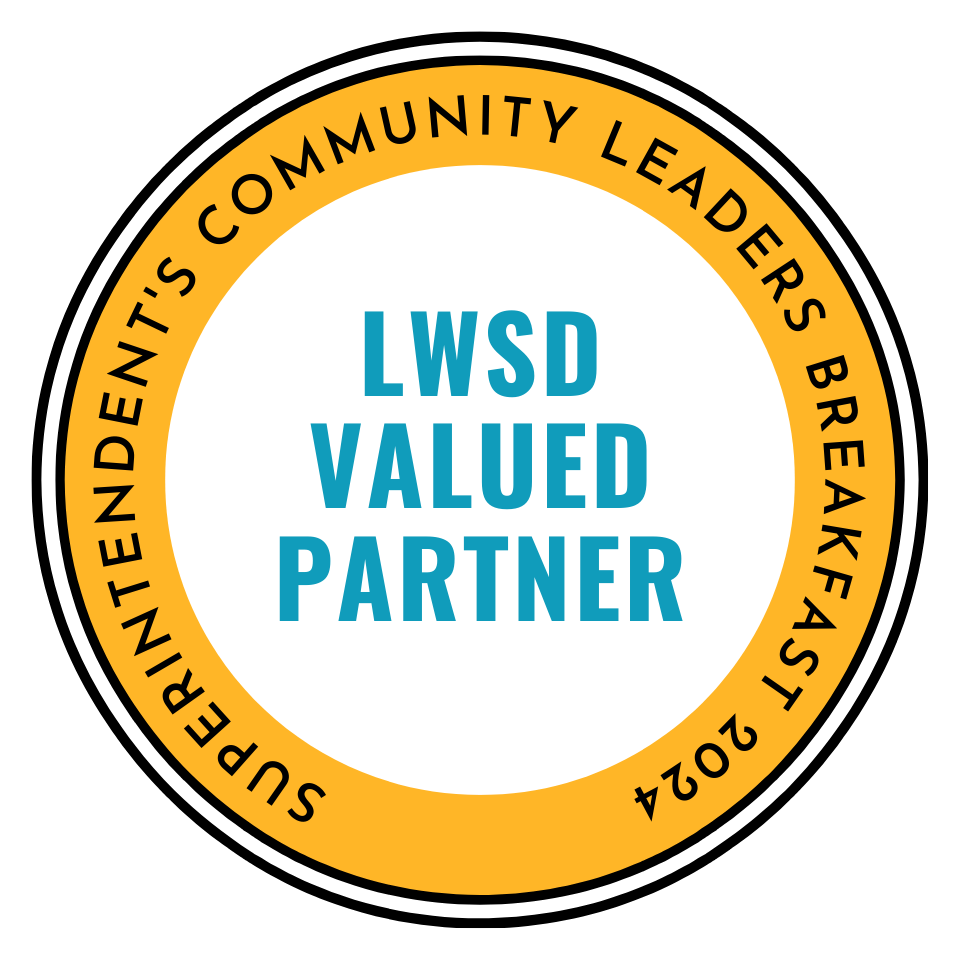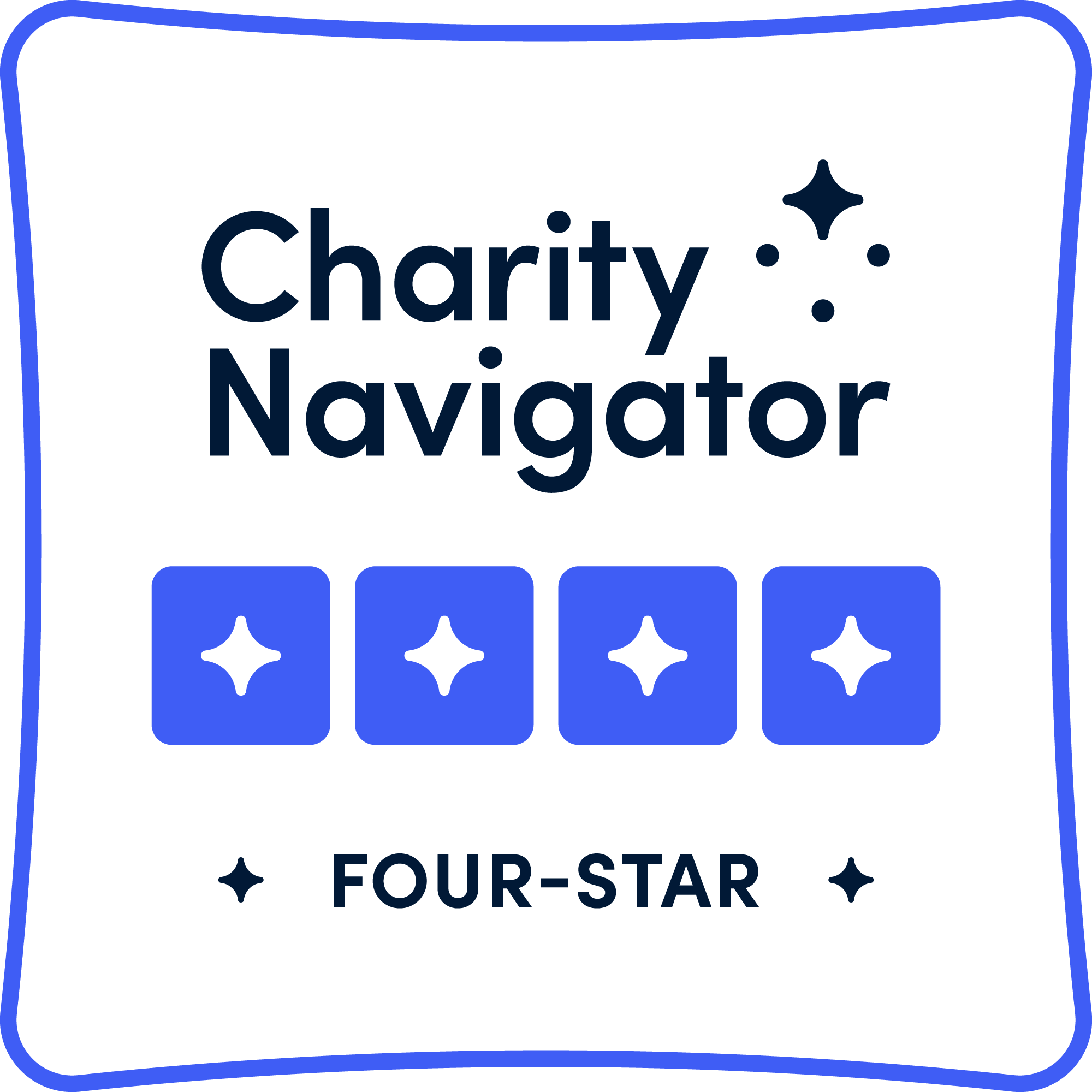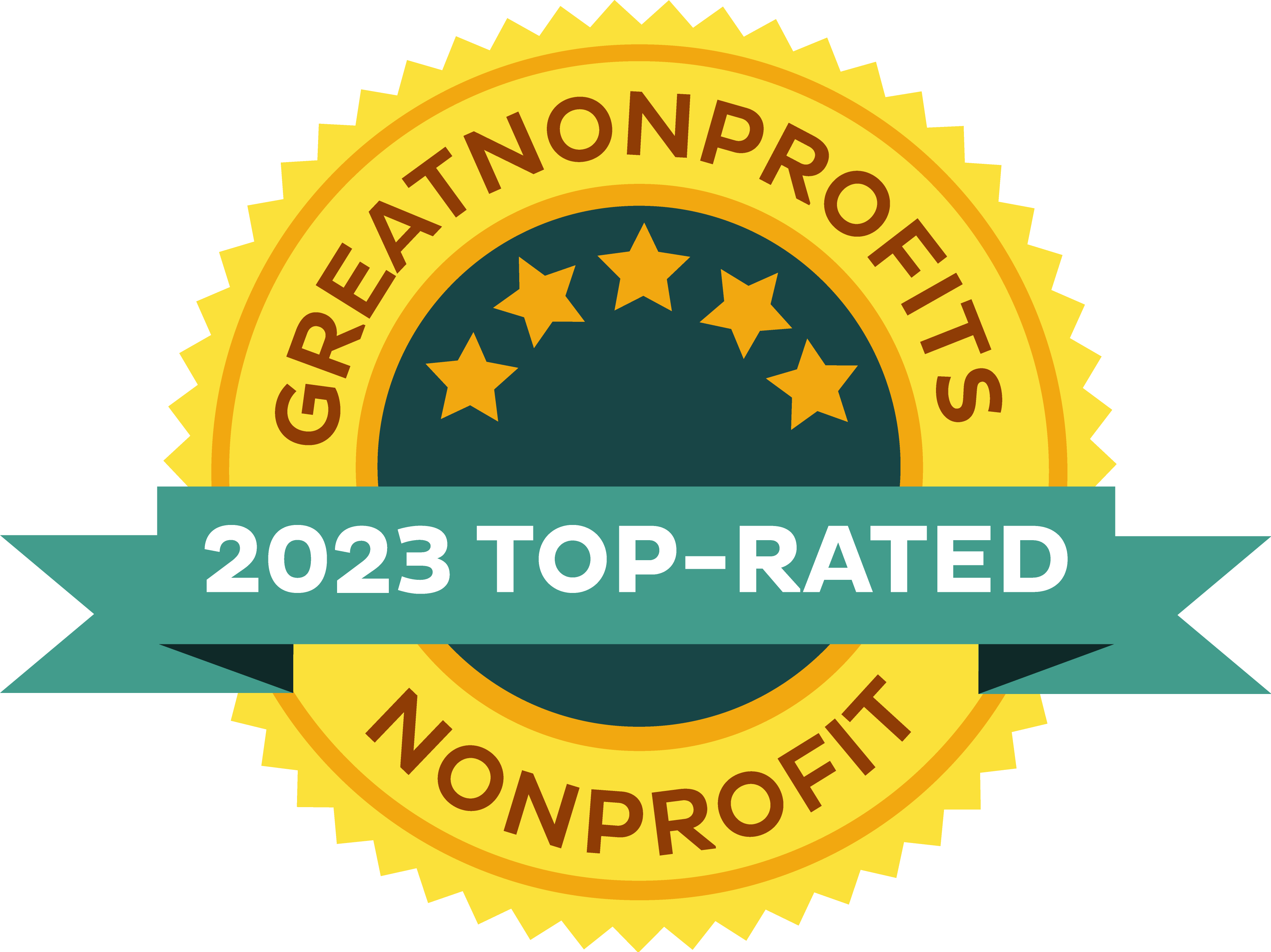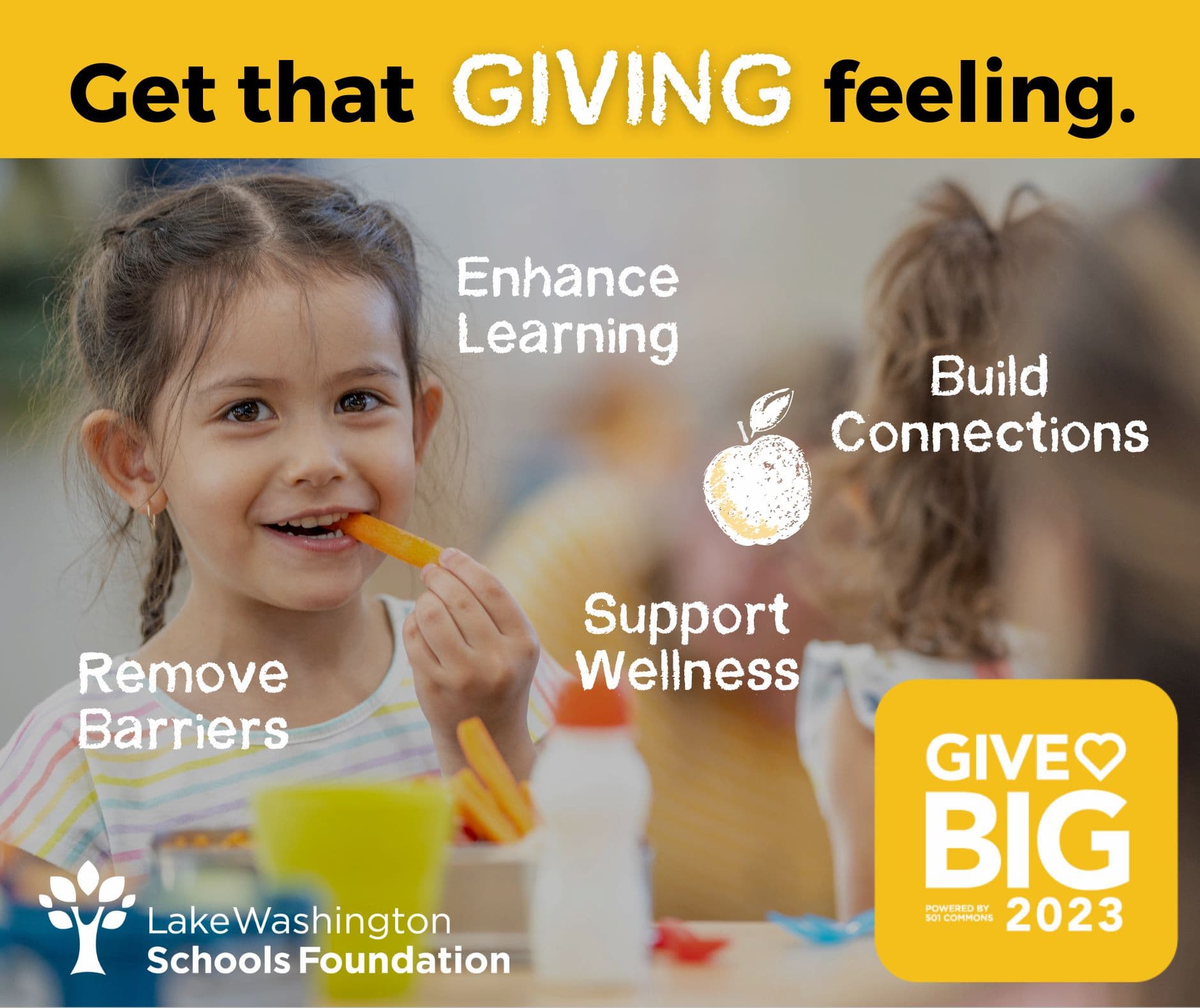It is real.
Suicide is the #2 cause of death for kids between 10 and 24 and it can be prevented. Yet, many of us are not aware of the mental health challenges facing our youth or what mental health conditions look like in children and teens. It is important to understand risk factors as well as prevention factors, because suicide can be prevented.
15.08% of youth (age 12-17) report suffering from at least one major depressive episode (MDE) in the past year. (MHA) The number is even higher for teenage girls, where 1 in 5 — nearly 2.4 million – had experienced at least one major depressive episode over the past year (2017) vs 7% of teenage boys.
Anxiety, which can occur on its own or alongside depression, has been on the rise and is being diagnosed in younger children.
- 70% of U.S. teens aged 13-17 said anxiety and depression is a major problem among people their age in the community where they live. An additional 26% cited anxiety and depression as a minor problem.
- Nearly 1 in 3 teens aged 13-18 will experience an anxiety disorder
- 7.1% of children aged 3-17 have diagnosed anxiety
The data can feel overwhelming, but there are things we can do to support and provide safety for our children and teens. A relationship of trust with your child and recognition that your child may be having mental health challenges is the first step. Resources here can help you. If you do feel that your child may be struggling with anxiety or depression, immediately secure any prescribed or over-the-counter medicines in a safe location like a drug safe and secure any firearms in your or relatives’ home with a trigger lock and keep them in a gun safe.
- Balance in Mind has prepared a printable handout on signs and resources to support you and your child in King County and Washington State.
- If you are concerned about something specific The Child Mind Institute offers a symptom checker for families that analyzes your answers to give you a list of psychiatric or learning disorders that are associated with those symptoms.
- And as always, trust your intuition. It can be as simple as saying to your child: “I noticed [you are feeling __, you are not __, etc). I care about you and it concerns me. What’s going on?”
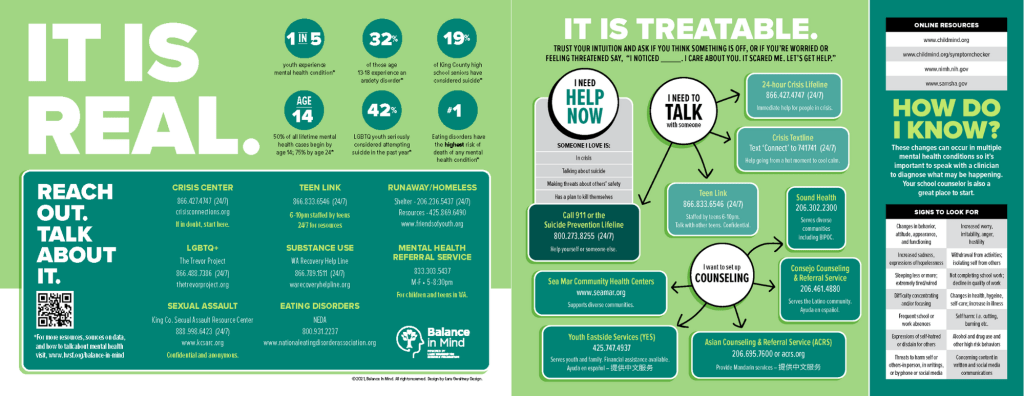
Are you concerned about something specific? The Child Mind Institute offers a symptom checker for families that analyzes your answers to give you a list of psychiatric or learning disorders that are associated with those symptoms.
Learn more about specific mental health conditions.
| Topic | Contact |
| Symptom Checker | The Child Mind Institute https://childmind.org/symptomchecker/ |
| Eating Disorders | NEDA (National Eating Disorder Assoc.) www.nationaleatingdisorders.org |
| Homeless | Friends of Youth www.friendsofyouth.org Shelter – 206.236.5437 (24/7) Resources – 425.869.6490 |
| LGBTQ+ | The Trevor Project www.thetrevorproject.org Call the Lifeline at 866-488-7386 (24/7) or Text START to 678-678 |
| Runaway | Friends of Youth www.friendsofyouth.org Shelter – 206.236.5437 (24/7) Resources – 425.869.6490 |
| Sexual Assault | King Co. Sexual Assault Resource Center www.kcsarc.org 888.998.6423 (24/7) |
| Substance Use | Washington Recovery Helpline 866.789.1511 (24/7) warecoveryhelpline.org |
Learn more.
It can be treated.
All too often, we are reluctant to seek assistance for what we consider private issues. We all need help at times, and it’s important to reach out for your sake and the sake of those close to you. Our overall wellness requires us to take care of ourselves, mentally and physically. While we see a doctor for physical pains, we may not give our mental health the same attention.
Many immigrants suffer from stress, depression, and anxiety associated with moving to a new country that is not recognized or treated. These are common and treatable conditions. Organizations listed here can guide you in a private, confidential way to help improve your family’s personal wellness.
Talk to someone now.
- Crisis Text Line Text HOME to 741741 (24/7) Crisis doesn’t just mean thinking about ending your own life — it can be any painful emotion and anytime you need support for yourself or for someone else.
- National Suicide Prevention Hotline Call 800-273-8255 Lifeline offers 24/7, free and confidential support for people in distress, prevention and crisis resources for you or your loved ones.
- Nacional de Prevención del Suicidio 888-628-9454 Lifeline ofrece 24/7, gratuito servicios en español, no es necesario hablar ingles si usted necesita ayuda.
- Crisis Connections 24-Hour Crisis Line Call 866-427-4747 (866-4CRISIS) for immediate help to individuals, families, and friends of people in emotional crisis. We can help you determine if you or your loved one needs professional consultation and we can link you to the appropriate services. We are a primary source for linking residents to emergency mental health services in King, Pierce, Clark, Skamania, Klickitat, Grant, Okanogan, Chelan, and Douglas Counties.
Find organizations who speak your language.
| Ayuda En Español Help in Spanish | Consejo Counseling & Referral Services For information call us at: (206) 461-4880 from 8AM-5PM PST, or After Hours & Weekend Crisis Line at (206) 461-3222. For help with domestic violence only, call Línea de Ayuda Paz en el Hogar/Peace in the Home Hotline in Spanish 24 hours a day, 7 days a week at (888) 847-7205. Crisis Connections We provide immediate language interpretation in more than 155 languages. Sea Mar Sea Mar Community Health Centers is a community-based organization committed to providing quality, comprehensive health, human, housing, educational and cultural services to diverse communities, specializing in service to Latinos in Washington state. Contact the location closest to you. Youth Eastside Services Call 425-747-4937. Serves youth and family. Financial assistance available. |
| 提供中文服务 Services in Mandarin | Asian Counseling & Referral Services (ACRS) ACRS promotes social justice and the well-being and empowerment of Asian Americans and Pacific Islanders and other underserved communities – including immigrants, refugees, and American-born. Please contact our Mental Health Intake team to determine eligibility: [email protected] or call (206) 695-7511. Youth Eastside Services Call 425-747-4937×2814. Serves youth and family. Financial assistance available. |
| Sound Call (206) 302-2300. Provides comprehensive recovery-oriented outpatient counseling and case management for King County residents experiencing current mental health symptoms, including specialized programs for adults, children and families, older adults, individuals who are deaf or hard of hearing, BIPOC (Black, Indigenous, People of Color), the developmentally disabled, and criminal or juvenile justice involved adults and youth. They accept Medicare, Medicaid, Apple Health, and most commercial health plans. | |
| Услуги на русском или украинском языке Services in Russian or Ukranian | Ukrainian Community Center of Washington (UCCW) Call 425-430-8229. UCCW has been helping refugees and immigrant become self-sufficient since 1998. Many refugees and immigrants suffer from stress, depression, and anxiety associated with displacement that often remains untreated for long periods of time. Our work is founded on our unwavering belief in the resiliency and strength of the human spirit. That, with help of professional bilingual and bicultural Behavioral Health Counselors, people can and do overcome the barriers and obstacles that confront them and heal. |
| Services for the Indian American community | Indian American Community Services (IACS) (formerly IAWW). Call 253-234-9989 x4. IACS serves the Indian American community through programs, services, and advocacy for people of all ages and life stages. IACS mental health services promote whole health by addressing physical, mental, and social well-being. Services may include individual, group, and/or family therapy and counseling, as well as wellness and day activity programs. |
Find a therapist.
- Mental Health Referral Service for Children & Teens (WA) Connecting families with mental health providers in your community who accept new patients, work with your insurance and fit your child’s treatment needs. The Referral Service is accessible to children and teens 17 and under living in Washington State.
- Psychology Today Look for a therapist who speaks your language, accepts your insurance or works on a sliding scale, and who is in your area.
Parenting Resources
- Parents of Adolescents and Teens (PAT) Parenting an adolescent or teen is not for the faint of heart. A program of PEPS, Parent of Adolescents and Teens provides parents with empowering support, research-driven information and resources, and community during this period of newness and rapid changes.
Learn how you can talk about it.
It can be difficult to talk about mental health. A conversation can start with as simple as telling your child that you have noticed that they don’t seem their usual self and describe the changes you’ve noticed in their mood or behavior. Tell them you are worried about them and ask about what is bothering them.
We always recommend The Blogess’s post on the importance of talking about it.
Tips to get kids to talk.
Have THE TALK about mental health. Getting kids to open and talk about their feelings requires patience and perseverance. It may be awkward (for both of you), but they will remember that you are there to listen and help. Choosing a time when you are in the car, cooking, walking or doing a project can help make it less awkward.
- Use “I” statements, not “You” statements.
- “I have noticed….”
- “I am feeling concerned about…”
- “Tell me more about how you are feeling”
- “Share with me…”
- “Describe to me…”
- Avoid telling them how they should feel, why others have it worse, or what they should be grateful for. This can invalidate their emotions.
Communicating with Adolescents: 58% of HS and 45% of MS students in WA reported feeling sad or depressed on most days in 2019.
Watch our YouTube Communications Playlist for webinars on communicating effectively with your child or teen.
Sources for It is Real.
To learn more about the statistics behind It Is Real, visit the sources below.
1 In 5 youth experience a mental health condition.
NAMI, Mental Health by the Numbers
32% of youth aged 13-17 experience an anxiety disorder.
NIMH, Prevalence of Anxiety Among Youth
19% LWSD seniors have considered suicide.
Washington State Healthy Youth Survey, LWSD students
50% of all lifetime cases begin by age 14; 75% by age 24.
NAMI, Mental Health by the Numbers
42% of LGBTQ Youth seriously considered attempting suicide in the past year.
The Trevor Project, National Survey on LGBTQ Youth Mental Health 2021
Eating disorders have the highest risk of death of any mental health disorder.
Mental Health America, 2017 State of Mental Health in America – Youth Data
15.08% of youth (age 12-17) reported one or more major depressive episodes (MDE) in the past year.
Mental Health America, 2022 State of Mental Health in America – Youth Data
39% LWSD 8th graders report they are not able to stop worrying in the past 2 weeks.
Washington State Healthy Youth Survey, LWSD students
58% of HS and 45% of MS students in WA reported feeling said or depressed on most days in 2019.
Seattle Times, Mental Health



